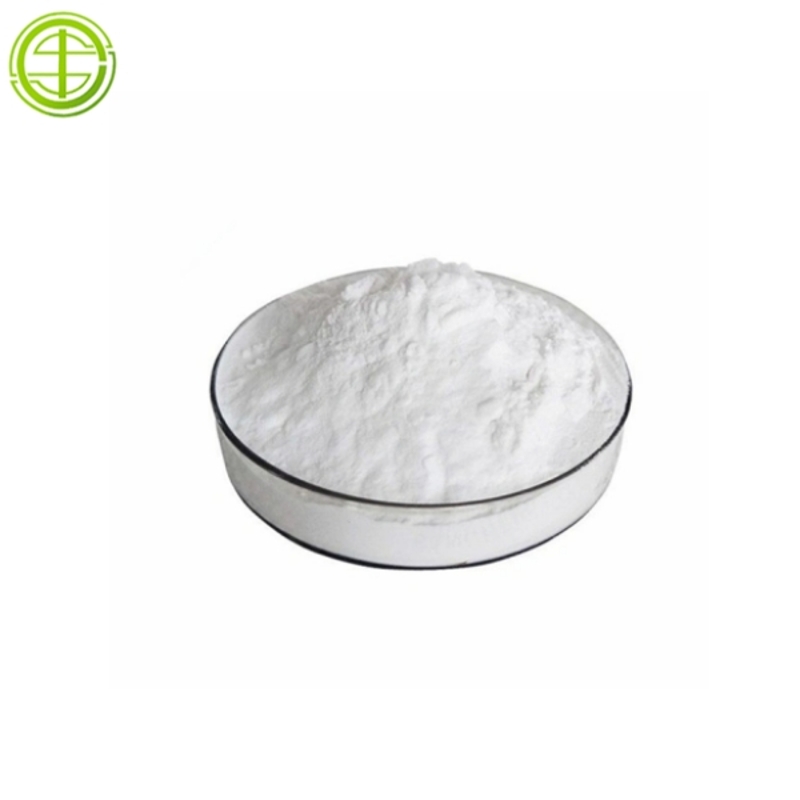-
Categories
-
Pharmaceutical Intermediates
-
Active Pharmaceutical Ingredients
-
Food Additives
- Industrial Coatings
- Agrochemicals
- Dyes and Pigments
- Surfactant
- Flavors and Fragrances
- Chemical Reagents
- Catalyst and Auxiliary
- Natural Products
- Inorganic Chemistry
-
Organic Chemistry
-
Biochemical Engineering
- Analytical Chemistry
- Cosmetic Ingredient
-
Pharmaceutical Intermediates
Promotion
ECHEMI Mall
Wholesale
Weekly Price
Exhibition
News
-
Trade Service
On June 11, 2021, the U.
S.
FDA issued the final rule of "Abolishing Low-Fat Yogurt and Skim Yogurt Standards and Revising the Yogurt Standards", which will take effect on July 12, 2021
.
FoodPartner Network interprets the main revised content:
S.
FDA issued the final rule of "Abolishing Low-Fat Yogurt and Skim Yogurt Standards and Revising the Yogurt Standards", which will take effect on July 12, 2021
.
FoodPartner Network interprets the main revised content:
1.
Abolish the standards for low-fat yogurt and non-fat yogurt
Abolish the standards for low-fat yogurt and non-fat yogurt
The final rule abolished the low-fat yogurt and non-fat yogurt standards and included them in the scope of the general definitions and standards in 21 CFR §130.
10, which stipulated the requirements for foods that are different from other standardized foods due to their compliance with the nutritional content declaration
.
10, which stipulated the requirements for foods that are different from other standardized foods due to their compliance with the nutritional content declaration
.
2.
Modify the physical and chemical indicators of yogurt
Modify the physical and chemical indicators of yogurt
The final rule revised the minimum titratable acidity of yogurt from 0.
9% to 0.
7% and increased the equivalent maximum pH value of 4.
6
.
The FDA considers that the minimum titratable acidity of 0.
7% or the equivalent maximum pH of 4.
6 is appropriate because it reflects current industry practices and better meets the taste preferences of some consumers
.
9% to 0.
7% and increased the equivalent maximum pH value of 4.
6
.
The FDA considers that the minimum titratable acidity of 0.
7% or the equivalent maximum pH of 4.
6 is appropriate because it reflects current industry practices and better meets the taste preferences of some consumers
.
3.
Expanded the range of yogurt ingredients
Expanded the range of yogurt ingredients
Compared to before, the final rule allows for the reconstitution of basic dairy ingredients (cream, milk, partially skimmed milk and skimmed milk) and any optional safe and applicable milk-derived ingredients
.
It should be noted that the concentrated or dried ingredients used for reconstitution must ensure that the reconstituted form is not significantly different from cream, milk, partially skimmed milk or skimmed milk
.
.
It should be noted that the concentrated or dried ingredients used for reconstitution must ensure that the reconstituted form is not significantly different from cream, milk, partially skimmed milk or skimmed milk
.
Fourth, the functional categories of safe and applicable ingredients have been determined
The final rule determines the functional categories of safe and applicable ingredients for yogurt, including characteristic strains, flavoring agents, color additives, stabilizers, emulsifiers and preservatives, and replaces the list of nutritional sweeteners with "nutritive carbohydrate sweeteners" "
.
In addition, the FDA supports many innovations in the yogurt market, including continuing to allow manufacturers to fortify yogurt, such as the addition of vitamins A and D, as long as they meet the fortification requirements
.
.
In addition, the FDA supports many innovations in the yogurt market, including continuing to allow manufacturers to fortify yogurt, such as the addition of vitamins A and D, as long as they meet the fortification requirements
.
5.
Modify the naming requirements of yogurt
Modify the naming requirements of yogurt
The final rule stipulates the minimum number of live and active cultures contained in yogurt, and allows an optional label statement "Contains live and active culture" or similar declarations
.
For yogurt that has been treated to inactivate active microorganisms, the label needs to declare "no live and active cultures"
.
.
For yogurt that has been treated to inactivate active microorganisms, the label needs to declare "no live and active cultures"
.
In addition, the FDA deletes the requirement that “dairy ingredients that have undergone post-cultivation heat treatment should add parentheses “(post-cultivation heat treatment)” after the name of the food, because the FDA found that the term “post-cultivation heat treatment” does not adequately inform consumers that yogurt is in the final Does the product still contain live and active cultures; and in the future, new technologies other than heat treatment may be developed to inactivate active microorganisms, thereby extending the shelf life of the product
.
The declaration of "free of live and active cultures" should not be limited to heat-treated yogurt.
For products that have not been heat-treated but have been treated with other alternative technologies to inactivate active microorganisms, they should also be marked as "free of live and active cultures.
" "To fully inform consumers
.
.
The declaration of "free of live and active cultures" should not be limited to heat-treated yogurt.
For products that have not been heat-treated but have been treated with other alternative technologies to inactivate active microorganisms, they should also be marked as "free of live and active cultures.
" "To fully inform consumers
.
Six, summary
The revision of the yogurt standard in the United States has made the yogurt standard more modern, not only maintaining the basic properties and characteristics of yogurt, but also allowing the industry to innovate flexibly to produce healthier food
.
This article is an original article by the Food Safety Compliance Division of FoodPartner.
com, please contact us for reprinting
.
The Food Safety Compliance Division provides domestic and foreign food standards and regulations management and consulting, food safety information monitoring and analysis and early warning, product registration and filing services, label review and compliance consulting, conference training services, etc.
, for detailed inquiries: 0535-2129301, email : Vip@foodmate.
net
.
.
This article is an original article by the Food Safety Compliance Division of FoodPartner.
com, please contact us for reprinting
.
The Food Safety Compliance Division provides domestic and foreign food standards and regulations management and consulting, food safety information monitoring and analysis and early warning, product registration and filing services, label review and compliance consulting, conference training services, etc.
, for detailed inquiries: 0535-2129301, email : Vip@foodmate.
net
.







